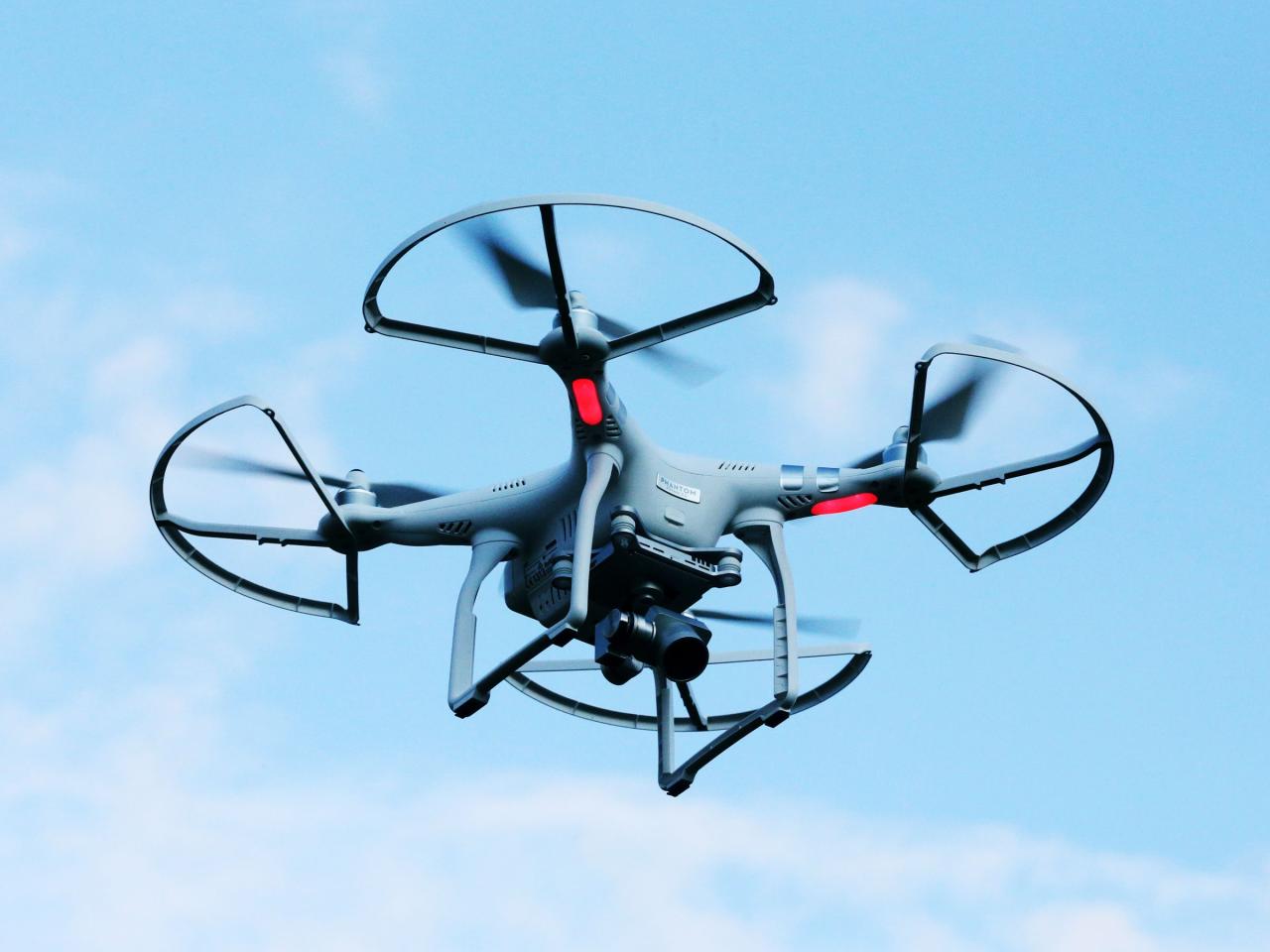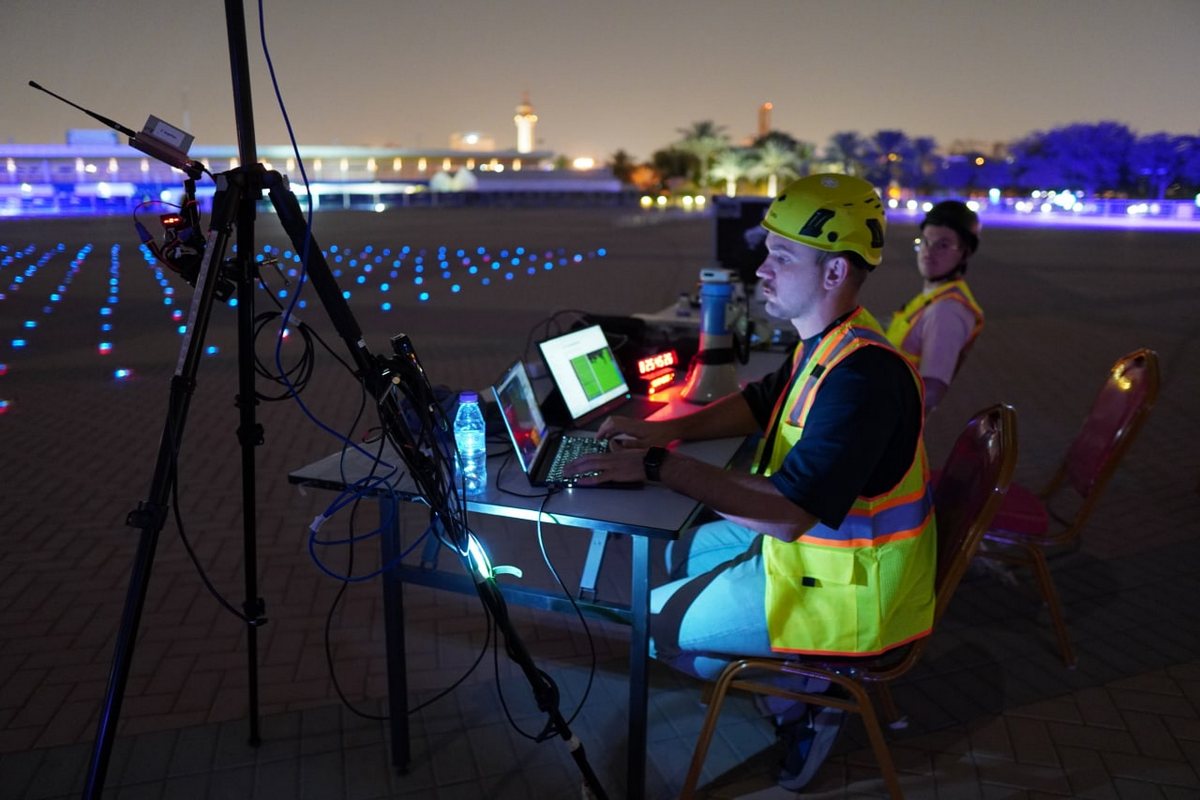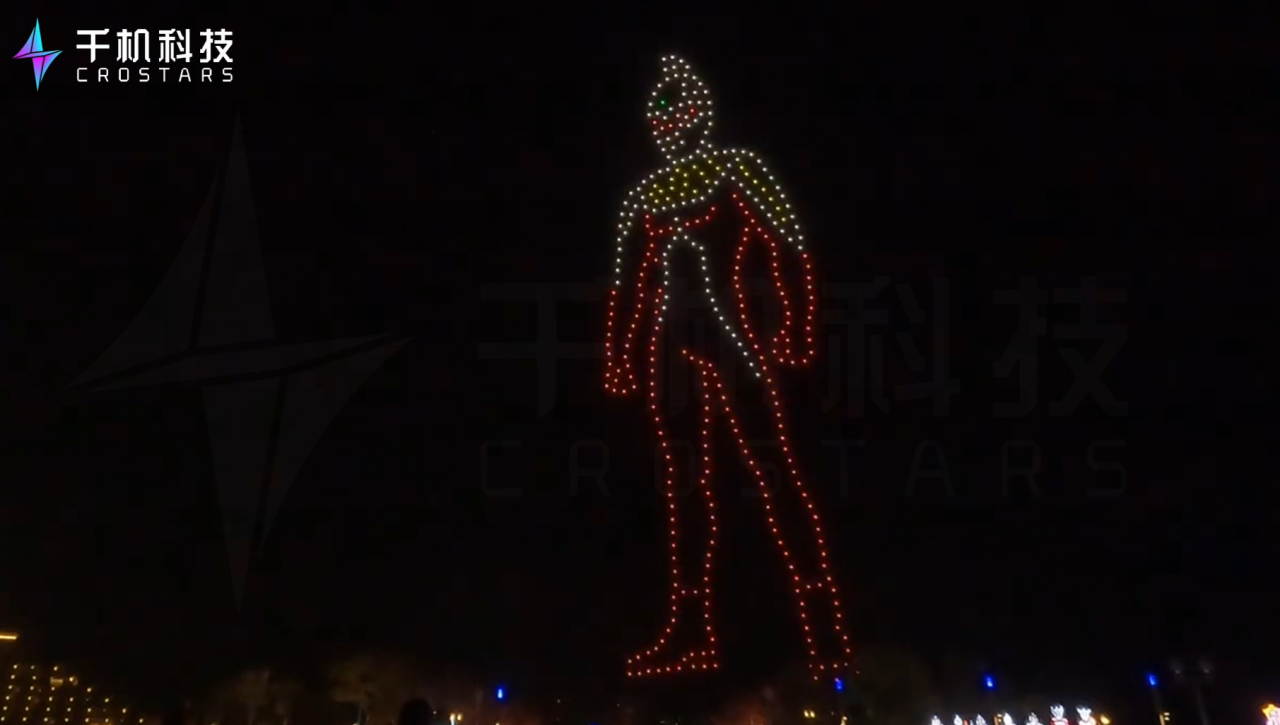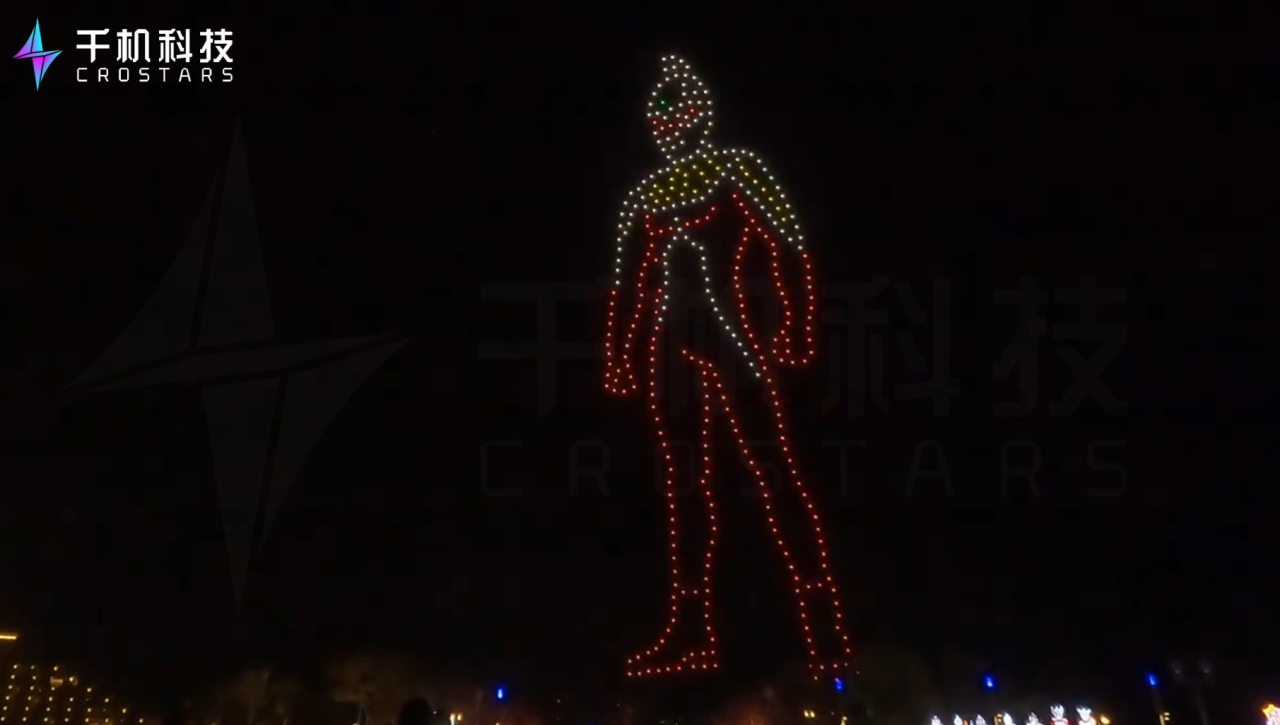Drone show accidents: They’re a dramatic reminder that even the most dazzling displays of technology can go wrong. From spectacular crashes to smaller malfunctions, these incidents highlight the complex interplay of technology, human error, and regulation in the world of drone shows. This guide explores the various facets of these accidents, from their causes and consequences to preventative measures and future advancements.
We’ll delve into the different types of accidents, examining common causes like malfunctions, collisions, and weather-related issues. We’ll also explore the crucial role of safety regulations, technological reliability, and human factors, including pilot training and pre-flight checks. Understanding these aspects is key to improving safety and ensuring future drone shows are both breathtaking and safe.
Drone Show Accidents: A Comprehensive Overview
Drone shows, while visually spectacular, present inherent risks. Understanding these risks, implementing robust safety measures, and learning from past incidents are crucial for ensuring the continued enjoyment and safety of these captivating displays. This article explores various aspects of drone show accidents, from their causes and consequences to preventative measures and future technological advancements.
Types of Drone Show Accidents and Their Causes

Drone show accidents can manifest in various forms, each with its unique contributing factors. Common malfunctions leading to accidents include GPS signal loss, battery failure, mid-air collisions, software glitches, and mechanical failures. These malfunctions can result in crashes, collisions, fires, or uncontrolled descent.
| Date | Location | Cause | Outcome |
|---|---|---|---|
| October 26, 2023 (Hypothetical) | Las Vegas, Nevada, USA | Software glitch causing multiple drones to lose altitude simultaneously. | Several drones crashed; minor property damage. No injuries. |
| December 15, 2022 (Hypothetical) | Dubai, UAE | Strong winds exceeding operational limits caused multiple drones to deviate from their programmed flight path. | Several drones crashed into each other; minor injuries to spectators from falling debris. |
| June 10, 2021 (Hypothetical) | Sydney, Australia | Battery failure in a lead drone caused a chain reaction resulting in a large portion of the swarm crashing. | Significant drone damage; show cancelled. No injuries reported. |
Safety Regulations and Protocols for Drone Shows
International and national aviation authorities are increasingly developing regulations for drone operations, including drone shows. These regulations often address aspects like airspace authorization, pilot licensing, operational limits, and emergency procedures. While specific requirements vary, common best practices include pre-flight inspections, weather monitoring, emergency response plans, and redundancy systems. For example, the FAA in the USA has specific guidelines, while EASA in Europe has its own set of regulations.
- Obtain necessary permits and approvals.
- Conduct thorough pre-flight checks of all drones and equipment.
- Monitor weather conditions closely and have a contingency plan for inclement weather.
- Establish clear communication protocols between pilots and ground control.
- Implement a robust emergency response plan.
Technological Factors Contributing to Accidents

Technological failures significantly contribute to drone show accidents. GPS signal interference or loss can lead to drones drifting off course or crashing. Battery failure, often due to age or improper charging, can cause sudden power loss. Software glitches can result in erratic behavior or complete system failure. The communication system’s reliability is paramount; disruptions can lead to loss of control over individual drones or the entire swarm.
Adverse weather conditions, such as strong winds, rain, or fog, severely impact drone stability and flight performance. A hypothetical scenario: A sudden downpour could cause a significant number of drones to malfunction due to water ingress, leading to a mass crash.
Human Error in Drone Show Operations
Human error is a leading cause of drone show accidents. Inadequate pilot training, poor planning, and insufficient pre-flight checks all increase the risk of accidents. For instance, a pilot’s failure to properly calibrate the drones before the show or misinterpreting weather forecasts can have severe consequences.
- Comprehensive pilot training programs focusing on emergency procedures and risk management.
- Detailed pre-flight checklists to ensure all systems are functioning correctly.
- Regular maintenance and inspection of all equipment.
- Redundancy systems to mitigate the impact of single points of failure.
A hypothetical scenario: A pilot’s failure to properly secure a drone’s battery before flight could lead to the battery detaching mid-air, causing a crash. This could be prevented through rigorous pre-flight checks and standardized procedures.
Post-Accident Procedures and Investigations
Following a drone show accident, a thorough investigation is crucial to determine the cause and prevent future incidents. This involves securing the accident site, collecting evidence (drone wreckage, flight logs, weather data), interviewing witnesses, and analyzing data to identify contributing factors. The findings are then used to improve safety protocols and enhance training programs.
Public Perception and Media Coverage of Accidents

Media coverage significantly shapes public perception of drone shows. Negative coverage can damage public trust and lead to stricter regulations. Effective public relations is essential to manage the aftermath of an accident, conveying transparency and outlining steps taken to prevent future incidents. A hypothetical press release would emphasize the safety measures in place, the investigation’s progress, and the commitment to ensuring future shows are safe.
Insurance and Liability in Drone Show Accidents
Drone show operators need comprehensive insurance coverage to protect against potential liabilities. This includes liability insurance for property damage and injuries, as well as hull insurance for drone damage. Liability extends to organizers, pilots, and manufacturers. Clear contractual agreements define responsibilities and liabilities among stakeholders.
Future Technological Advancements for Improved Safety, Drone show accident
Advancements in technology hold the key to improving drone show safety. Autonomous collision avoidance systems, using advanced sensors and AI, can prevent mid-air collisions. Improved communication protocols enhance reliability and resilience to interference. A conceptual safety feature: A distributed control system that allows individual drones to make independent decisions in case of communication loss, ensuring a safe landing even if the central control system fails.
This system would use onboard sensors and AI to assess the situation and autonomously navigate to a safe landing zone.
Final Summary
Ultimately, preventing drone show accidents requires a multi-pronged approach. Strict adherence to safety regulations, rigorous pilot training, ongoing technological advancements, and proactive investigation of incidents are all crucial. By understanding the causes of past accidents and implementing preventative measures, we can strive to minimize risks and ensure that the captivating spectacle of drone shows continues to amaze without compromising safety.
The future of drone shows lies in a commitment to both innovation and responsible operation.
Clarifying Questions: Drone Show Accident
What is the typical insurance cost for a drone show?
Drone show accidents, unfortunately, happen. Sometimes, these mishaps involve a complete system failure, leading to a full-blown drone show crash, like the one described in this article: drone show crash. Understanding the causes of these crashes is crucial for improving safety protocols and preventing future drone show accidents. Proper maintenance and rigorous testing are key to avoiding such incidents.
Insurance costs vary greatly depending on the size and complexity of the show, the value of the drones, and the location. It’s best to get quotes from multiple insurers specializing in drone operations.
Who is liable if a drone crashes and causes damage?
Drone show accidents, while rare, highlight the potential risks of unmanned aerial vehicles. Thinking about safety, it’s interesting to consider the logistical challenges Amazon faces with its expanding drone delivery network, like finding suitable locations – check out the current amazon drone delivery locations to see their progress. Ultimately, both drone shows and delivery services need robust safety protocols to prevent mishaps and ensure public safety.
Liability depends on the cause of the accident. It could fall on the show organizers, the pilots, the drone manufacturers, or a combination thereof. Thorough investigation is crucial to determine responsibility.
How are drone show accidents investigated?
Investigations typically involve reviewing flight logs, examining the damaged drones, interviewing witnesses, and analyzing weather data. Authorities may also be involved depending on the severity of the incident.
What is the impact of a drone show accident on public perception?
Drone show accidents, while rare, highlight the importance of safety protocols. To see how impressive—and potentially risky—these shows can be, check out the amazing visuals from the orlando drone show ; it’s a great example of the technology’s potential. Understanding the complexities involved in these displays is crucial to preventing future accidents and ensuring the continued safe enjoyment of drone light shows.
Accidents can negatively impact public perception, raising concerns about safety and potentially leading to stricter regulations. Effective public relations are vital in managing the aftermath.
